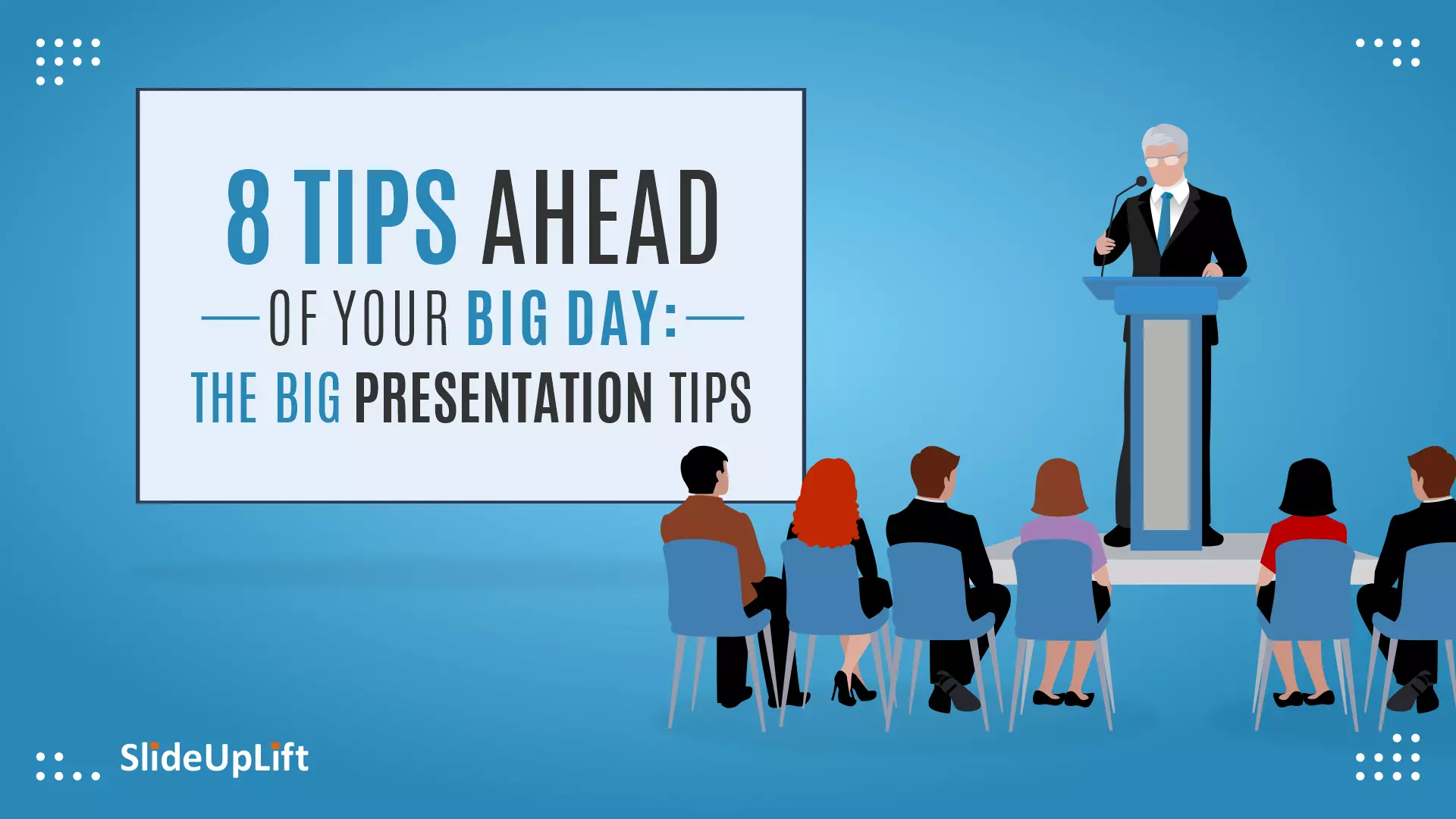Ten Presenting Styles : What Kind Are You?
Do you feel nervous when it comes to public speaking?
Don’t worry; you’re not alone.
Do you know that according to research, one of the biggest phobias in 2014 was public speaking? Fear of public speaking is in the same range as fear of heights, bugs, snakes, and needles!
And why is this the case? We’ve always been taught that there is a “correct” way to present. That is, if you do not adhere to these guidelines, you will fail as a presenter.
You’ve undoubtedly read a lot about presenting techniques, seen several TED talks, and even attended soft skill sessions. All of this may have, either directly or indirectly, helped you build a notion of how you should present
However, if you look closely at some of the most well-known speakers, you’ll find that there isn’t just one perfect approach to deliver. You’ll be glad to discover that there are several ways to present and people find the way that matches their style of being.
Your personality naturally influences how you approach a task, such as presenting in front of an audience. To ensure that your presentation runs smoothly, you must first identify what type of presenter you are. We’ve prepared a list of 10 distinct types of presenters, so figure out which one you are and get ready to deliver a compelling presentation.
10 Different Types Of Presenters
There are several methods in which someone might deliver their presentation. The following are some of the most popular types of presenters:
Connector
Connector presenters usually engage and connect with their audience. This generally comprises the speaker asking questions frequently and promoting audience participation and involvement.
Connectors generally use this technique to illustrate their shared commonalities with the audience to connect with them more effectively.
If you’re a salesman presenting early in the sales process, this is a terrific presentation style to adopt. It assists you with understanding the audience’s goals and issues, as well as how you can solve these problems.
Coach
A coach is always passionate about the subject of his/her presentation. They’re frequently eager to teach their audience, which makes them excited to interact and connect with them.
This type of presenter frequently focuses on audience participation and role-playing. They’re frequently influencing the audience on concepts rather than the specifics of a particular issue. This type of presenter usually enjoys explaining ideas and making people interested in the topic at hand.
Interactive
Interactive presenters generally use a range of tools to have multi-way interactions with and between the audience e.g. whiteboards, MIRO boards, Polls, and other aids in their presentations to keep the audience engaged throughout the session.
Keeping it interactive throughout the presentation also allows the audience to follow along and feel like they are a part of the presentation. These presenters particularly enjoy workshops and problem-solving sessions.
Inspirer
An inspirer presents with vision and a deep sense of mission and takes the audience on a journey.
With excitement, energy, and a drive to motivate, and make others feel good, these presenters end up having a long-lasting impact and tend to deliver memorable presentations. They don’t tend to rely on too many audio-visual aids and instead deliver based on the force of their personality and oratory skills.
Instructor
Instructors keep their content organized rigorously to support topics and cover their material in a methodical manner. They tend to be descriptive and sometimes, prescriptive in their approach to the presentation topic. Instructors are generally those presenters who are extremely educated about their subject.
Many presenters employ this presenting approach while addressing a complicated to their audience. They use a variety of artifacts to do justice to their instructional approach: employing common words, figures of speech, analogies, and pictures to simplify a complex issue for the audience to grasp.
Director
Directorial presenters tend to have a very clear idea of what they want out of the session. They orchestrate many pieces and are very specific in terms of the feedback they need, action items they want to assign, their expectations of the audience, etc.
They normally create and adhere to a concise script, with little to no improvisation throughout the presentation.
Directorial presenters usually prepare for limited points at a given moment throughout the presentation to ensure that they remain in control and on the topic at the same time.
Storyteller
Storytellers do not require a lot of figures, data, or statistics in their content. They frequently use anecdotal and emotional content to capture the audience’s attention and connect with them.
They usually begin with narratives that relate to the main theme of the presentation. They intuitively understand that most of us are wired for stories and end up paying more attention to the presenter when the content is presented in a story format.
Analyst
Analysts are obsessed with accuracy, correctness, and advancement, and they rely extensively on logic, data, facts, and figures to convey their points. They can be highly reliant on their material and want to add plenty of evidence eg graphs, charts, and other artifacts to support their arguments.
Analysts enjoy quantifying information. And tend to do well on topics that lend themselves to such treatment. Many Analyst presenters also have enormous potential to improve their talents by thinking of how to win the hearts in addition to the minds of the audience by adding a variety of communication, narrative, and slide design abilities.
Facilitator
The Facilitators’ primary goal is to crowdsource their content during the presentation. Facilitators are already in a good position to flourish as excellent presenters since presenting is all about people.
Facilitators tend to make heavy use of templates to get inputs from their audience in a structured manner. They are naturally mature communicators who are skilled at leveraging the energy and knowledge of the audience to spur great discussions.
Free Form
Who says you need fancy slides and extensive scripts to give a successful presentation?
Creativity speakers like Sir Ken Robinson demonstrate that if you know what you want to say, have 2-3 main points in mind, a decent sense of humor, and some tales to relate and illustrate your ideas, you’re set to go even without slides or a script.
This unplanned presenting style may intimidate some, but it may excite others who feel confined by rules and structure.
If you want something a little less intense, you may just create a simple deck with keynotes or parts. Avoid storing significant amounts of info in your mind, as you would with a minimalist approach.
Many free-form speakers just get started, don’t rehearse as much, and feel uneasy presenting a presentation prepared by others.
At SlideUpLift, we offer presentation templates for all kinds of presenters to aid in their visual communication. You can try our free PowerPoint templates and google slides templates to complement your presentation style.
Few Templates For Your Presentation Needs
Source: 30 60 90 Day Plan by SlideUpLift
Source: Bulb Strategy by SlideUpLift
Source: Business Roadmap by SlideUpLift
Source: Customer Journey by SlideUpLift
Wrapping It Up
Knowing your presenting type will allow you to capitalize on your strengths while protecting against your limitations. Simultaneously, it will help you adopt a style that seems more natural to you.
Armed with this knowledge, and with the force of your nature behind it, the more you practice, the better you will get, and hopefully, there will be one person less in the world who is afraid of public speaking.
Best of luck with your future presentations!
Regardless of the style you like, we’ve got your back when it comes to creating the slides that will enhance your presentation!














